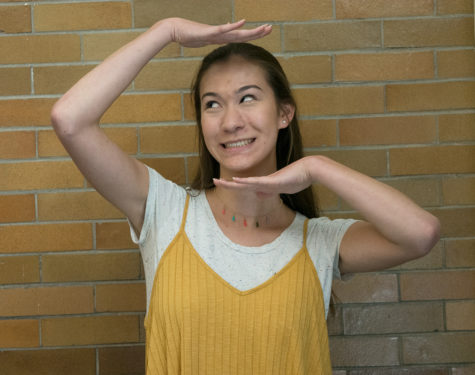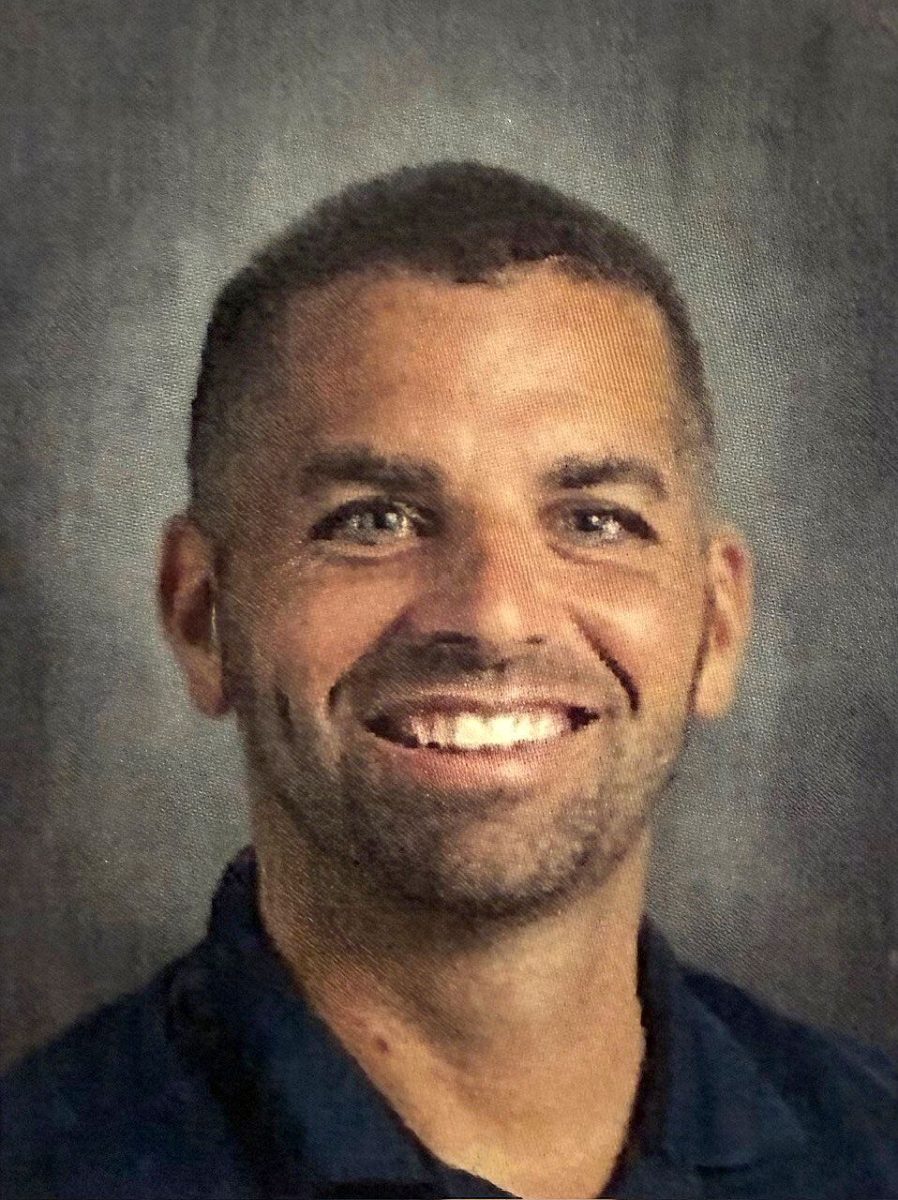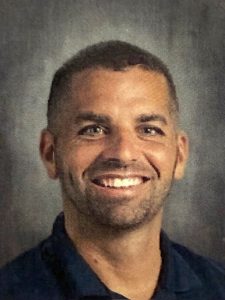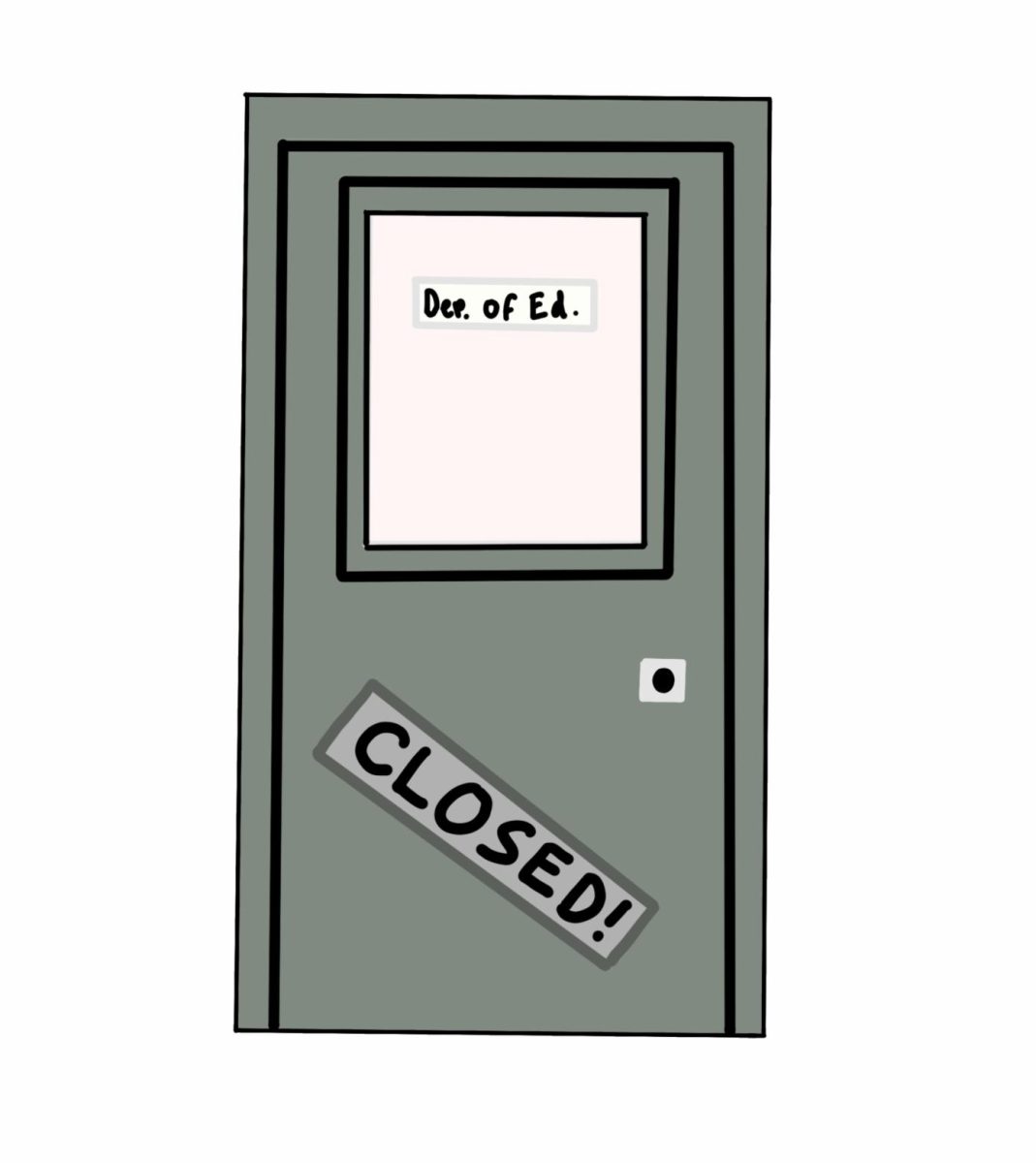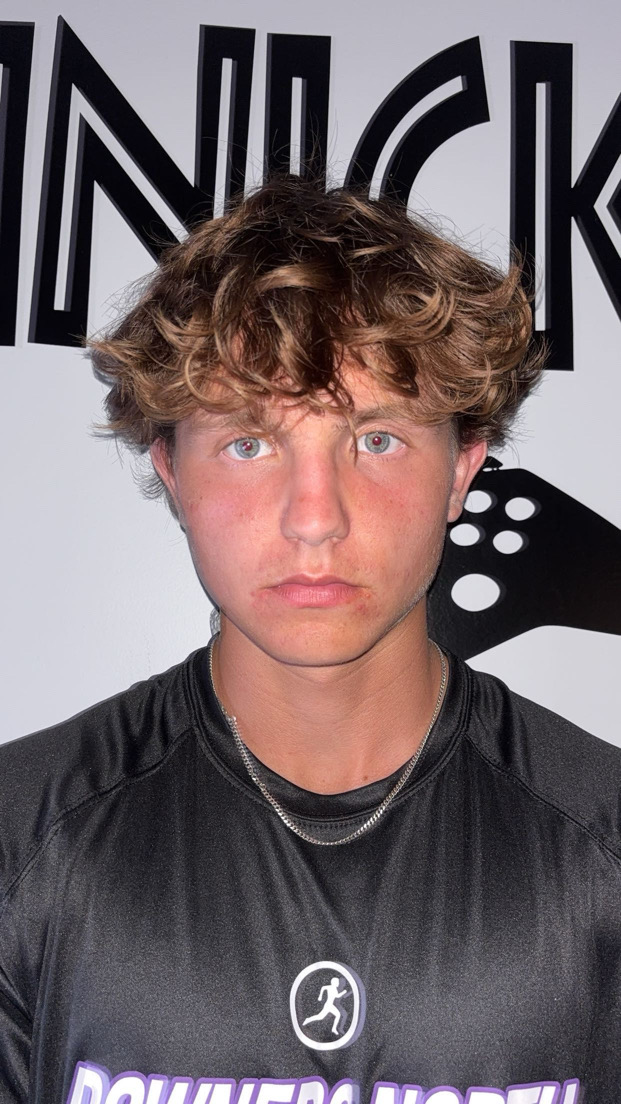Grant publishes illustrated biology workbook
June 2, 2017
Last spring, science teacher Jeff Grant was caught off guard with press and praise as he was honored with the Golden Apple Award, a special recognition given to outstanding teachers each year. Over a year later, he is currently on a sabbatical taking tuition-free classes at Northwestern University, one of the major opportunities the award gave him. On top of his classes, Grant also recently self-published a book titled “An Illustrated Guide to Biology.”
Four years in the making, the book started out as a resource Grant provided for his students. All pictures in the book are hand drawn by Grant, incorporating cartoons and “Dad puns” to liven up the learning.
“I don’t know exactly how it all came together. It is how my brain has visualized the connections and how I present them to my students. It is my best attempt to write out all the notes that we do in class, diagrams and jokes included,” Grant said.
“The funny jokes and pictures he drew in these would help simplify the content while still making it memorable to help me recall it on test day,” senior Lindsay Mathys said.
Grant wanted his students to see the science concepts in a nonlinear fashion by providing visual aids.
“Science is naturally a nonlinear subject. There are so many different events that contribute to each phenomenon, and it is hard to list those events out in a multiple paragraph page format. For example, when you are talking about cell division it is important that you understand why organisms do it, how they do it, how it relates to interesting human events, and how we can make an analogy so that a concept we have never seen can be easier to remember, usually with a little humor to make it memorable,” Grant said.
“Mr. Grant has a very unique teaching style because he uses funny stories and illustrations to help students remember the content they’re learning. For example, one time he told us a totally random story about kindergartners to help us remember the order of the phases of mitosis,” senior Lindsay Mathys said.
Now available on the self-publishing website lulu.com, Grant’s book will also be sold on the Barnes and Noble website and on Amazon within the next couple of months. He hopes students will be able to use the workbook as either a review source or main source of information that they can color and annotate.
At Northwestern, Grant says he is taking science courses which are both challenging and fun. He spoke about one course: spring flora, which is part of the Masters in Botany and Conservation program.
“There is quite a bit of homework and a heck of a lot of studying, but it is a ton of fun. I love the challenge of learning the major families and genus names of plants found in Illinois. It has been very rewarding keeping a field journal in order to document key I.D. features and evolutionary relationships. These relationships are going to improve my teaching in AP Biology for sure,” Grant said. “Not to mention over half of the 3-hour class is spent outside at the Chicago Botanical Gardens.”
While taking classes, Grant has also networked with other teachers and scientists.
“I have been able to collaborate with other science teachers at schools I probably would have not had the chance to work with. I have also been making connections with scientists at Northwestern to help expand our experience and outreach for our students at DGN,” Grant said. “I really enjoy collaborating with my fellow Golden Apple teachers for 3 hours each week in my seminar class. We talk about how we can help to improve teaching and we analyze school systems across the world.”
Grant finishes his first round of classes June 9 and will be working at the Morton Arboretum over the summer. This fall, he will be back teaching AP Biology and Anatomy. He is currently writing his second book, “An Illustrated Guide to Chemistry.”


